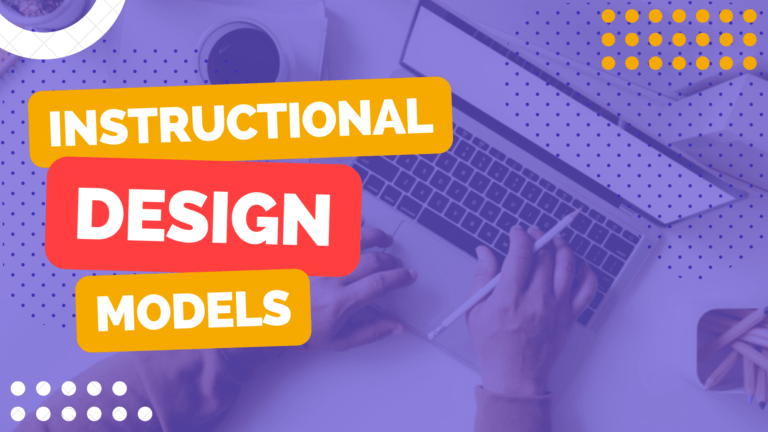How to Design Effective Instructions: 5 Tips and Tricks for More Productive Designs

You might find it difficult on how to design effective instructions. The majority of individuals have trouble creating good directions. This occurs frequently because designers are unaware that a user would interpret the same piece of information differently depending on their preferred method of learning, level of ability, and current work. An end user might notice something novel and intriguing the first time they look at a diagram or graphic showing how to perform something.
However, as immediately as they take their eyes off the computer and begin to put what they have just learned into practice, everything becomes overwhelming and perplexing. If they can’t figure out how to do anything immediately away, they could even become frustrated. This is why it’s crucial for designers to comprehend the viewpoints of their target audience before developing a design.
Read: The Instructional Design Model: A Practical Guide To Better Instructional Design
The following advice can help you create excellent instructions:
Use an Explanation From Learners on How to Design Effective Instructions
It can be useful to take your end users’ preferred methods of learning into account when developing instructions. You’ll begin to see that different people learn best from various types of explanations when you consider how people actually learn. One who is just starting to learn how to drive a car, for instance, might not know how to park it or how to put it in reverse. Perhaps all they need to know is how to go onward.
As a result, if they viewed a schematic showing how to operate a vehicle, they might only interpret it as showing how to move ahead. The amount of knowledge this person must take in at once could possibly overwhelm them. You should use a learners’ explanation to this problem’s solution. A visual depiction of a learner’s mental process is known as a learners’ explanation. It aids people in comprehending not only the nature of the design but also its functionality and significance.
Understand How Users Will Proceed through the Process, Break the Steps Down
The stages to complete a task can be broken down, and you’ll notice that no two persons will go through them in precisely the same order. This is true because every person has unique abilities, backgrounds, and preferences about how to complete tasks. Therefore, it’s crucial to incorporate in your design all the actions that consumers will need to take.
The only possible exception is if you are certain that nobody will need to carry out an activity that is not necessary for the assignment to be finished. For instance, you might presume that no one will need to turn the sofa when designing moving instructions. If you make that assumption, you can skip all the steps that aren’t necessary for the task to be finished.
Utilize Task Based User Interface (TBUUI)
When creating a user interface, it’s critical to consider how people will navigate the interface and how they will conceptualize your design. This will enable you to design a user experience that will feel less intimidating and more familiar to them. Your users’ mental models of using a task-based interface are how they picture themselves completing a task.
The way a user approaches a task differs from the way they complete it. Designers can better understand their consumers and produce designs that work by using a task-based interface. Designers utilize a mental model diagram to sketch out the actions and items that users will encounter in the task-based interface. The design is then informed by this diagram to see how the user perceives it.
Iterate and Test
It’s crucial to test a design with different prospective consumers after you’ve found one that works well for one kind of user. You can learn more about potential faults and challenges with your design by testing it with various user categories. This can prevent you from creating a design that is ineffective for all user types.
It’s crucial to test a design with different prospective consumers after you’ve found one that works well for one kind of user. You can learn more about potential faults and challenges with your design by testing it with various user categories. This can prevent you from creating a design that is ineffective for all user types.
Keep abreast of User Feedback
Users might still find your design annoying, no matter how good it is. For this reason, it’s crucial for designers to keep up with consumer feedback. This can be achieved by keeping an eye on user comments and reviews of your product. To see how customers are interacting with your design, you may also monitor user activity on your product. For instance, you can count the number of individuals using your product and clicking buttons or taking other actions.
Conclusion
As designers, we have the chance to develop goods that improve people’s quality of life. To ensure that those items are simple enough for people to comprehend and use, however, is also our obligation. When creating effective instructions, the designer must take into account a number of elements, such as the users’ skill level, their familiarity with the work at hand, and their mental model of the design.
It’s critical to take users’ backgrounds into account when creating effective instructions and to anticipate the type of explanations they may require. As a result, user interface designers may be able to construct more intuitive interfaces.







